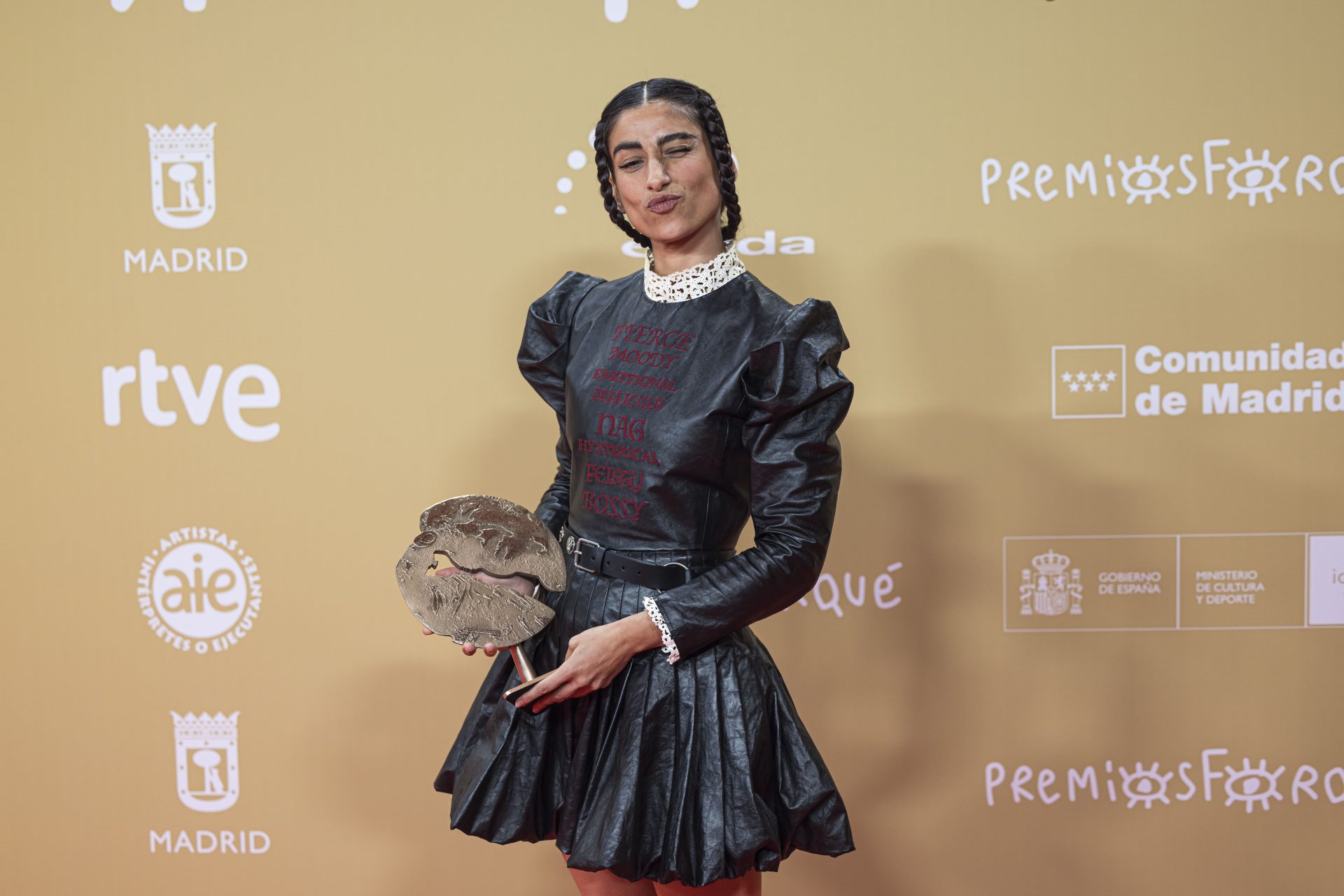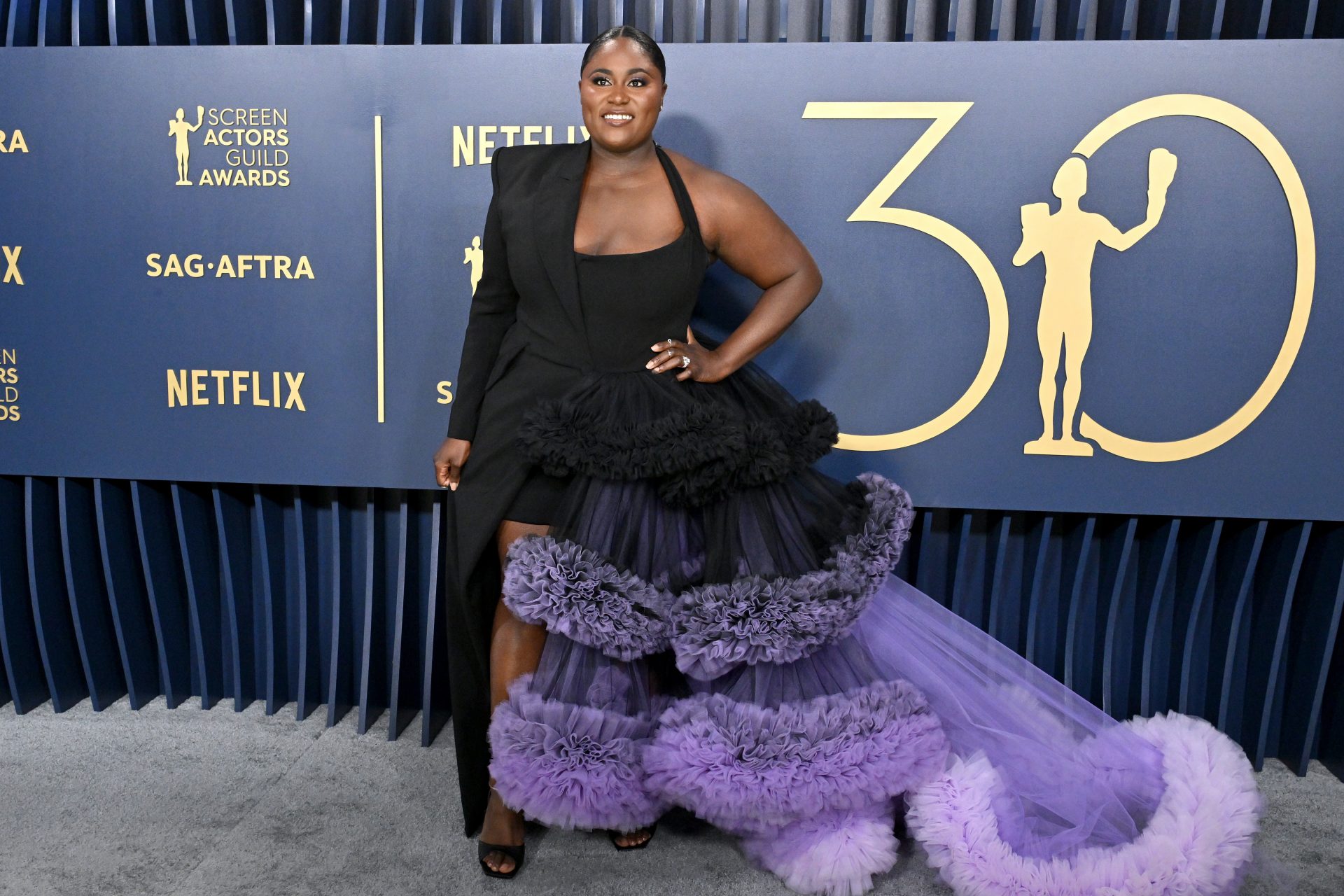How to grow a garden with these fool-proof fruits and vegetables
These days we are all spending a lot more time at home and cooking more. So, why not try your hand at growing your own produce? Even if you think you have a black thumb, nearly anyone can grow these easy to cultivate vegetables.
Apartment dwellers can take a stab at it as well; many vegetables can be grown indoors or on a balcony. Click on to learn which are the easiest vegetables to grow, and start planning your garden!
Lettuce can be grown indoors in a small pot or outdoors either on a balcony or in a garden. It is easily grown from seed, and you can pick leaves off as you need them. Please don't waste money on flavorless supermarket salad greens! Try your hand at growing your own - it is so easy!
Swiss chard, much like lettuce, is so easy to maintain and cultivate. It can easily be grown from seed but does best if grown outdoors. While it could be grown in a large pot or planter on a balcony, it is happiest in a veggie patch. This plant will last a long time, you can pick off leaves, and it will just keep growing back. Swiss chard is almost impossible to kill off from lack of care, making it the perfect beginner's plant to grow.
Kale has become very popular due to its superfood status. Organic kale can easily be grown from seeds and is very rewarding to cultivate. Buy seedlings from your local nursery if you want to eat some kale sooner. Kale requires little water and loves the sun. Kale does great either in the garden or on a nice sunny spot on a balcony.
In case you haven't noticed a trend yet, it is very simple to grow your own greens! Spinach is cultivated similarly to swiss chard and kale. For faster results, purchase seedlings, but if you have the time and a tighter budget, opt for seeds.
While onions are very inexpensive to purchase, it is very satisfying to grow your own. Pick up some bulbs from your local nursery and plant them in moist soil. They also can be grown on a balcony and are quite low maintenance. Onions take a long time to grow to a decent size, but being able to step out to your garden and pull up a fresh onion is worth it.
Carrots are fool proof to grow! They can be grown in a veggie patch or in DEEP planters on a balcony. The planters must be deep because you want your carrots to have space to grow downwards; otherwise, you'll end up with stubby little ones. Grow from seed as carrots will sprout quite quickly.
Green beans take about two months from planting until harvest if you start with seedlings. Green beans are balcony-friendly, but no matter where you plant them, you will need to use sticks or a support frame for the vines to cling to. Once they start to produce beans, pick often, and your plant will keep on producing.
Pumpkins love sun and water and are perfect for beginner gardeners. Pumpkins need space, so they can't be grown on balconies and are best suited for those with large garden plots. You can purchase seeds or use seeds from inside a supermarket pumpkin. Make sure to turn the pumpkins once they start getting large, so they don't end up flat on one side.
Zucchini is a very satisfying first vegetable to grow. Best grown in a garden plot, as the plants can get quite large. In the summer, they need frequent watering, but they tend to yield large amounts, so it is worth it. Apart from eating the zucchini itself, you can also eat the flowers of the plant.
Bell peppers are simple to grow, although it is easier if you start with seedlings. The peppers themselves may not be as large as what you are accustomed to from the supermarket, so be sure to sow many plants. The peppers will be green; if you want red peppers, just leave them to ripen to a beautiful red color on the plant.
Watermelon is basically cultivated in the same manner as pumpkins. Keep in mind you need space for the vines to extend and plenty of water to achieve large, juicy watermelons.
There is nothing more delicious than fresh peas picked off the vines. You will need a support for the peas' vines to climb on, and like green beans, the more peas you pick, the more peas your plant will produce.
Freshly harvested tomatoes have such a delicious, distinctive taste but cost a pretty penny at the farmer's market. So, why not try growing your own? Tomato plants can be grown in large pots or even hanging planters and of course, in the garden plot. For beginners, it is much easier to purchase seedlings rather than planting seeds. Seedlings are also better for those who live in areas with shorter growing seasons. Make sure you grow the tomatoes in an area with plenty of sun and water them frequently.
Cucumbers are a staple for beginner gardeners. We recommend you use seedlings rather than planting from seed for guaranteed success. They can be grown on a balcony if you have a trellis or some sort of structure for the plant to climb. Make sure they receive plenty of sunlight and make sure to just water the base of the plant, not the leaves, to avoid fungus.
Radishes are a quick-growing, colorful vegetable that makes a great addition to salads. They should be ready to harvest after just one month, making them a very satisfying vegetable for beginners to grow. Since they grow easily and quickly, we recommend using seeds, which can be sowed directly into the garden plot or a pot on your balcony.
Beets are a nutritional powerhouse that can be used in salads, pickled, roasted, or juiced. They are best cultivated in a garden plot but could be grown on a sunny balcony in a deep planter. Sow the seeds directly into the dirt, and after some weeks, make sure to thin the seedling to around 5cm apart. After some months, you will be able to enjoy the fruit of your labor.
If you love spicy food, an effortless plant to grow in your garden is cayenne pepper. Purchase a few cayenne seedlings, two or three is more than enough, and plant in your garden or a pot on your balcony. They love the sun, and if you take good care of the plants, they produce many peppers. You can cook with the fresh peppers, use them to make homemade hot sauce, or you can dry them and use them to make infused oil for cooking.
Garlic can be grown indoors, on a balcony or in a plot. All you need to do is plant the individual garlic cloves a few centimeters apart in moist soil. When the foliage at the top starts to die, they are ready to be harvested.
Rhubarb is so easy to grow it can quickly take over your garden if you aren't careful! The plant is very large so it is best grown in a plot. The tart taste of rhubarb is great as a jam, made into a sauce or used as a pie filling.
































